Photo Journal: The Gorgeous San Andreas Fault
San Andreas Fault
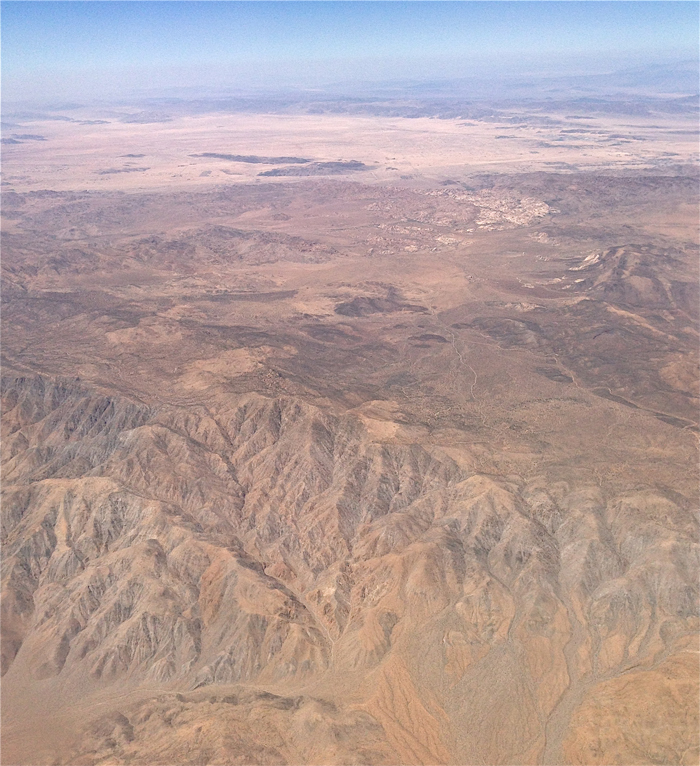
The San Andreas Fault is the most famous fault in the world. In the Colorado Desert of Southern California it begins near the Salton Sea and expresses itself in parts of the Coachella Valley by a range of small mountains, known as the Indio Hills that are fractured and run in various directions as a result of the collision of the Pacific and North American Continental Plates.
Great tectonic forces
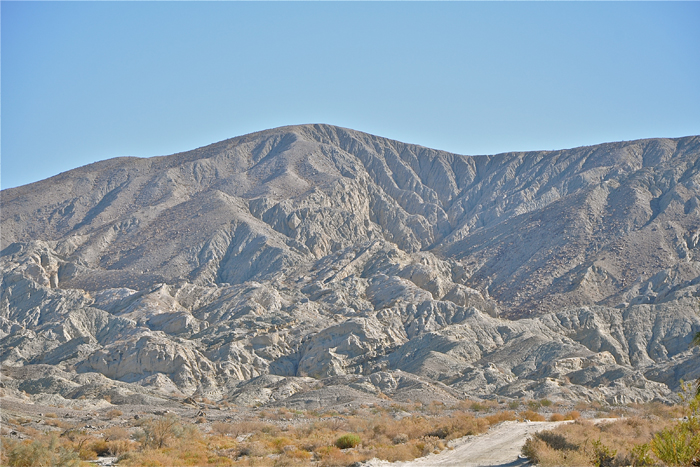
The Indio Hills represent a fault zone that displays the visual evidence of the great tectonic forces that have been at work in this area for some 28 million years. The Indio Hills Fault Zone, which lies just north of Interstate Highway-10, has a width in this area of the Coachella Valley of about 1.5 miles (2.4 kilometers).
Desert oases
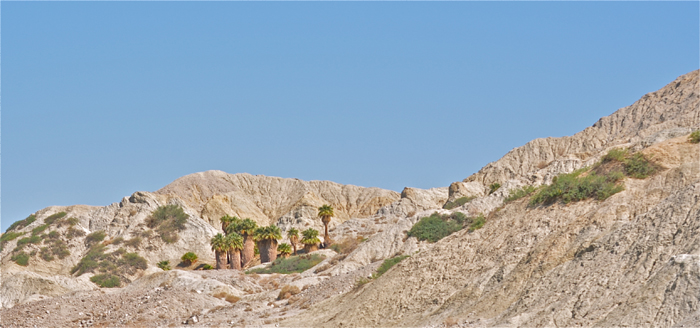
Fissures found here were created from the colliding continental plates and have allowed an easy route for the deep, underground water to seep to the surface along the southern edge of this fault zone. With groundwater readily available, an extensive green belt of natural, desert oases are found running along the side of this rugged, Indio Hills' terrain.
Fan palms
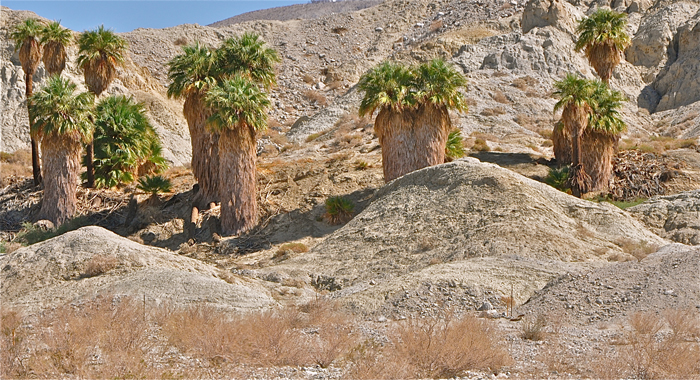
There are 24 identified oases found along the 800 miles (1,290 km) of the San Andreas Fault. Eleven of these oases are found in the Indio Hills Fault Zone and are home today to over one-fourth of the known indigenous California fan palms, Wahingtonia filifera. This species of palm dates back to the mid-Cenozoic Era, a time when they were found along the Pacific Coast as far north as present day Oregon. The permanent water supply along the fault line allows for their continual growth today in this dry Colorado Desert environment.
Twists and turns
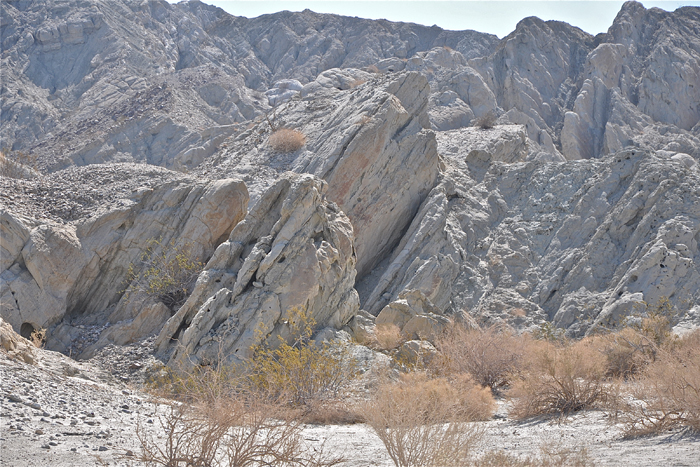
From its beginning near the Salton Sea to its ending near Eureka, California, the San Andreas Fault runs in a generally northwest direction for, as a crow flies, some 700 miles (1,130 km). But this famous fault does not run in a straight line. In fact here in the Indio Hills area, the San Andreas Fault runs in a nearly direct east/west line. When accounting for all the twists and turns along its entire length, the San Andreas Fault is nearly 800 miles long. The east/west alignment in the Indio Hills also results in a more violent collision of the two continental plates, which is expressed here in rocks being thrust upward at extreme angles.
Linear valleys
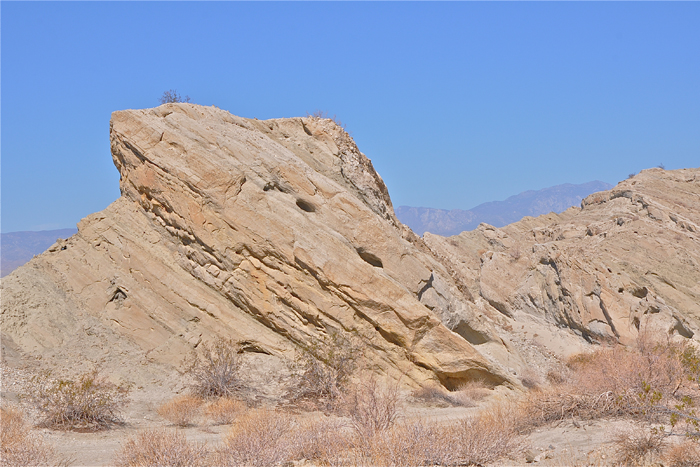
The San Andreas Fault cuts some 20 miles (32 km) deep from the Earth’s crust into the viscous rock material found in the outer mantle. Geologist Andrew Lawson, who recognized how a remarkably arranged set of valleys near San Francisco, California, seemed to align in an almost straight line, named it in 1895. The San Andreas Lake, which was named by the Spanish missionaries in 1774, was found in one of those valleys, and Lawson applied that name to the entire geological fault he believed to be running underground.
Wind caves and arches
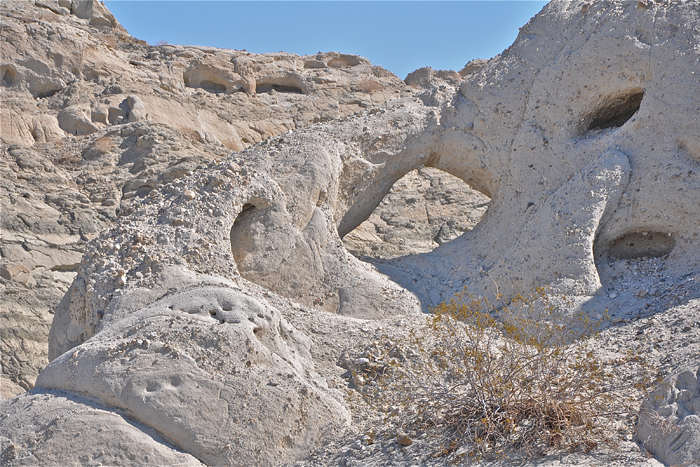
Within the Indio Hills Fault Zone, a wide variety of rocks and sediments make up the stark landscape. Common metamorphic rocks found within the fault zone include granite, mica-schist, amphibolite and migmatitic paragneiss. Common sedimentary rocks include recrystallized limestone, conglomerate, shale, siltstone and sandstone. Volcanic intrusives are also common throughout the region. Eroded wind caves, windows and arches make for a diverse and geologically interesting land to explore.
Sign up for the Live Science daily newsletter now
Get the world’s most fascinating discoveries delivered straight to your inbox.
Friction makes a gouge
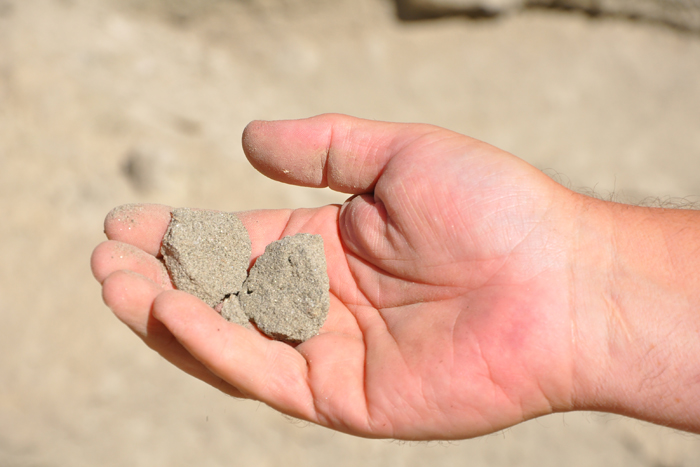
Fault gouge is common within the Indio Hills fault zone. Fault gouge is a geological term for the ground-up and crushed rock produced by friction when two sides of a fault line move.
Crumbling
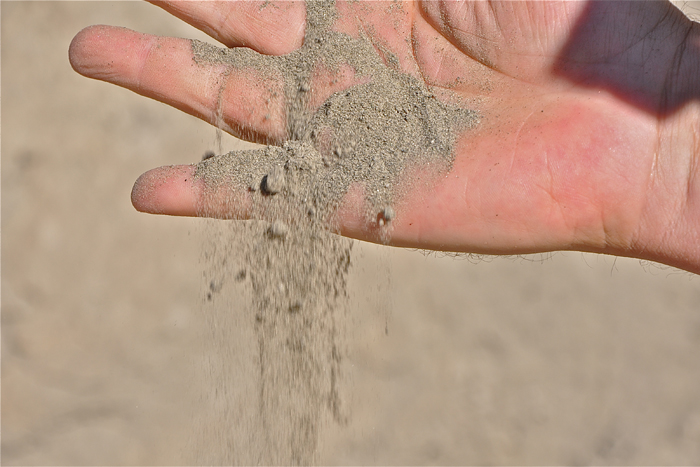
Fault gouge is an unconsolidated type of rock that can be easily crumbled into very small and fine grains.
Slot canyons
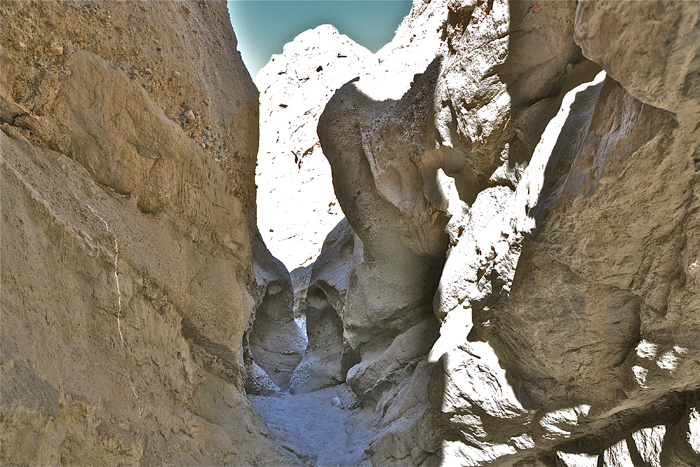
Slot Canyons are found throughout the Indio Hills Fault Zone. Some slot canyons create narrow trails that twist and turn for nearly a mile through the stark and barren landscape of the fault zone. Local lore suggests that when a hiker passes through one of these narrow canyons, one hand can actually rest upon the Pacific Plate while the other hand can rest on the North American Plate.
Cheesebush
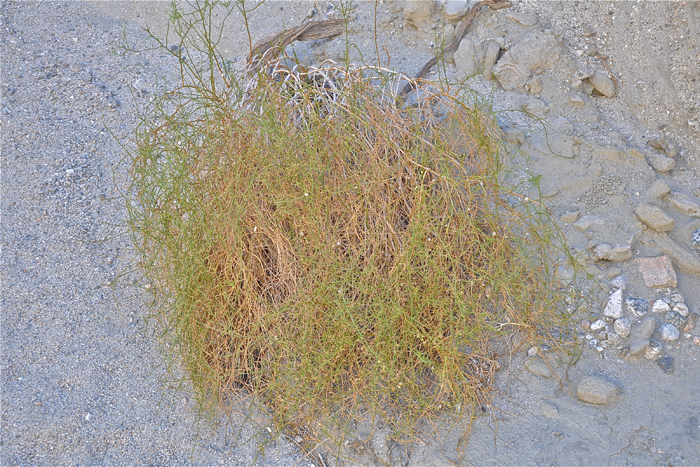
Even in the extreme dryness of the Colorado Desert, life is found in the Indio Hills Fault Zone. Cheesebush, Hymenoclea salsola, is a common green plant that has adapted well to this dry, low desert region. The plant is so named because of the distinctive odor of cheese that emits from its stems and leaves. It is a member of the daisy family and is also known by the common names white burrobush and desert pearl.









